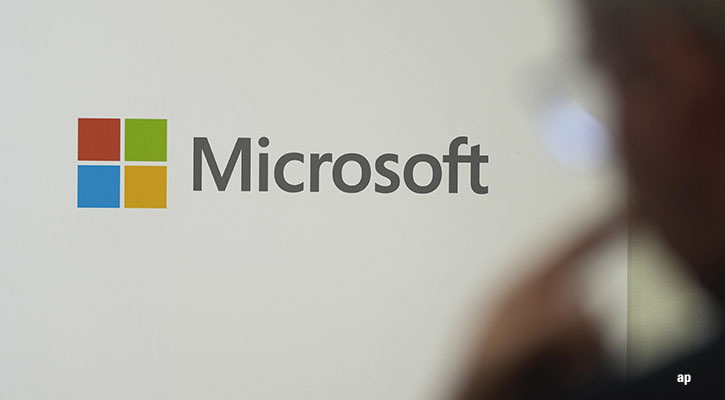Passive funds, which include ETFs and index-trackers, now account for 44% of assets under management in North American equity funds. To Caspar Rock, chief investment officer at Cazenove Capital, this means that 44% of investors are forced to buy failing companies.
“A tracker fund buys every single stock in the index; the portfolio is weighted according to the size of the company, not according to the prospects and quality of the company. People are saying they do not care about the valuation of an individual stock when they buy passive funds,” said Rock.
Speaking at an investment seminar in London yesterday, Rock explained his point using the example Simon Property Group (SPG). Simon Property Group manages the largest number of shopping malls in America. The shopping mall industry is struggling at the moment because consumers prefer to shop online rather than going to the mall. As the industry is disrupted significantly by e-commerce, Simon Property Group is among the most shorted in the S&P 500.
However, investors who buy S&P 500 ETFs will be forced to buy Simon Property Group, despite headwinds the company faces – because it is still in the index.
“Currently, more than 60% of shareholders holding Simon Property Group are passive investors,” said Rock. “So my message to you is: whether you are buying an active or a passive fund, make it an active decision. You should not just default to one or other.”
The Future of Passive Fund Flows
The number of active fund managers who can outperform S&P 500 is falling continuously, said Alex Tedder, head of global equities with Schroders.
“This is a scary time to be an active investor,” he said. “It is getting incredibly difficult for active fund managers to outperform. Even the top 5% of US equity fund managers are struggling to add value. This is because information is instantly available. As more information comes into markets, the market is getting more efficient, leading to the market beating active fund managers.”
Investors are reacting to this underperformance with their feet. Fund flow data provided by Schroders and Citi Research revealed that since 2014 global investors have been consistently selling billions of actively managed equity funds in favour of passive funds.
Data from Morningstar Direct shows a similar picture; in March, worldwide index-tracking funds recorded $102 billion inflows, while non-index fund saw far less money at $49 billion inflows.
Passive Funds Underperform
However, while a number of active fund managers fail to outperform their indices, it does not mean that all passive funds deliver better returns.
“There are two areas where passive funds inevitably underperform, without a doubt,” said Cazenove’s Rock. “The first is property funds. It is impossible to buy a property ETF which can own a snifter of every single building in the index. So they try to find alternative ways of owning it, and it never works. The second area is high-yield bonds. The passive funds always lag the index.”
Investing in Smart Beta ETFs
It is true that traditional tracker cap-weighted passive funds invest based on the size of the stocks in the market, however if investors buy smart beta, or strategic beta ETF, they can invest in a passive strategy with an active overlay.
Rather than offer exposure to an entire market-cap weighted indices, a strategic beta ETF will compile its portfolio weighted by a screened theme – be it dividend pay-outs, valuation or ethical priorities.
“Strategic-beta funds own part of a marketplace, those securities that are exposed to a particular factor, or factors. A value-style index fund is a strategic-beta fund that uses the single factor of value for example,” said John Rekenthaler, vice president of research for Morningstar.
Strategic beta ETFs tend to be more expensive than plain vanilla ETFs, but most are still considerably cheaper to own than traditional actively managed funds.
Strategic beta ETFs attracted €3.1 billion of net new money in the first quarter of the year in Europe, significantly up from €1.2 billion in the previous period, according to data compiled by Morningstar Direct.




























